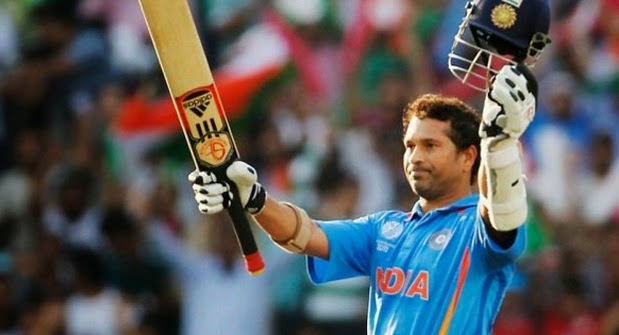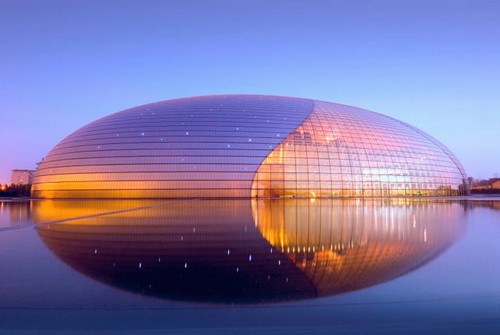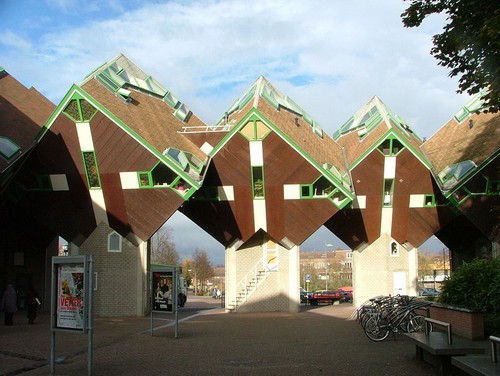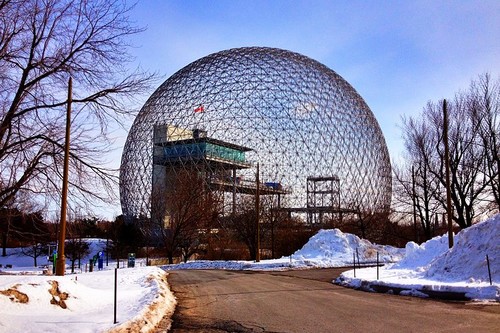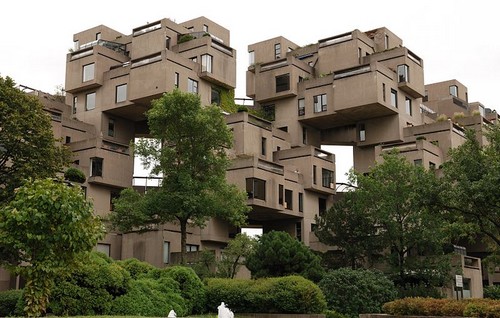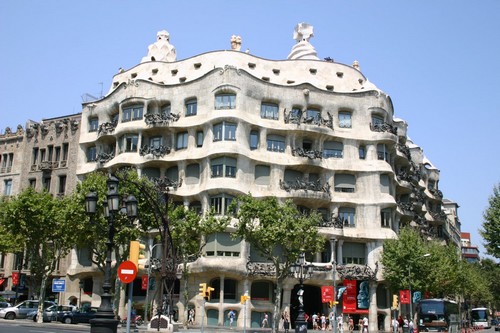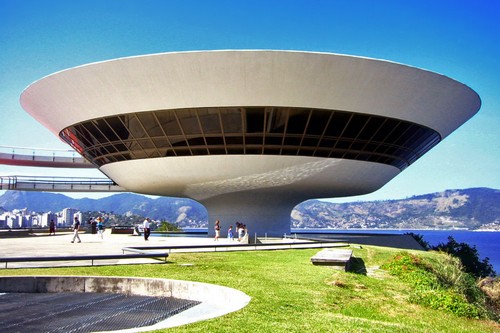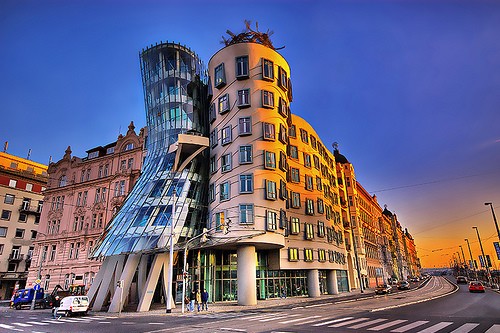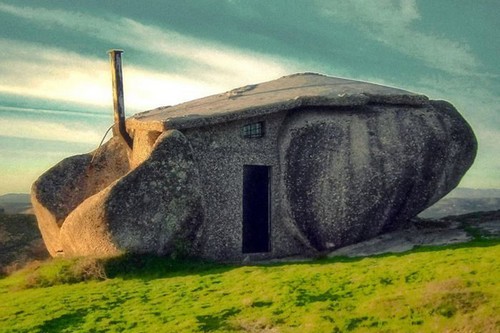Today there are communities of
Sri Lanka-born families scattered around the world. The Australian cities of
Melbourne and Sydney, for instance, are home to two of the largest populations
of Sri Lankans outside Sri Lanka. London, England is another example, as is
Toronto in Canada.
But long before this trend (which
began with the exodus of the Burghers after World War Two) there was another
migratory flow from Ceylon that has largely gone unnoticed and, therefore,
received little publicity over the years. Nowadays, visitors to Singapore and
Malaysia (formerly Malaya), would notice the strong influence of Tamil names
and people throughout all strata of business and public life in those
countries.
What may not be realised is that
those Tamil people are not all of South Indian origin, a popular misconception.
The majority of them are descended from Ceylon Tamils who emigrated to the
Federated Malay States (or F.M.S., as Singapore and Malaysia were then jointly
known), as far back as the latter half of the nineteenth century.
Beginning in the 1850s, Malaya
and the surrounding region began to develop under British influence. Industry,
agriculture and the British administration thrived, creating opportunities for
anyone willing to venture forth into a strange land, work hard and, if fortunate,
reap the fruits of their labour. This demand struck a receptive chord with
businessmen and other educated people of Ceylon.
Among the first wave of Ceylonese
to take up residence in the F.M.S. in 1860 was Warnakulasuriya Gunawardena
Mudaliyar Balage Parolis de Silva. He established the firm of B.P. de Silva,
still renowned as a leading jewellery emporium in the region and beyond. Other
Sinhalese businessmen and entrepreneurs followed B.P. de Silva's example by
migrating to Malaya, as did a handful of Burghers and Ceylonese of the Muslim
faith.
But, for a variety of reasons,
Jaffna and its environs proved the most fertile source of migrants from Ceylon
to Malaya. Firstly, Jaffna was an important centre of learning in those days,
producing hundreds, if not thousands, of highly educated and qualified Jaffna
Tamil men who could make useful contributions to the administrative, business
and other fields in the burgeoning Federation of Malay States.
Secondly, hardly anyone in Sri
Lanka even today would dispute that Jaffna men—and women - are legendary for
their work ethic, dedication to study, a will to succeed despite adversity and
parsimonious habits. All these qualities were well known to British
administrators in Ceylon and Malaya at the time, so it was mainly to the Jaffna
Tamils that they turned when seeking to attract new 'blood' to the Malay
States.
Consequently, large numbers of
Jaffna Tamil families uprooted themselves from their harsh palmyrah-treed
landscapes, and their homes surrounded by cadjan fences, to undertake the
universal migratory experience — leaving loved ones and everything familiar
behind, to hopefully make a fresh start in an unknown and sometimes hostile
foreign environment.
Happily for many of those Jaffna
Tamil migrants, they earned considerable success in their adopted homeland
pursuing their chosen professions. Many worked as administrators in the Malay
Railways, some in positions of authority in the rubber plantations and other
industries. As news of their good fortune and prosperity reached back to
Ceylon, it encouraged more waves of Jaffna Tamil migration to cascade from the
northern shores of Lanka towards the Malay peninsula.
By the dawn of the 20th century,
the Ceylon Tamils were well established, and respected, in Malaya. Many who had
already attained positions of eminence in medicine, education, religion, civil
administration and the law, were enjoying the affluence that came with success.
Gradually, a new brand of Tamil culture became entrenched in the fabric of
Malayan (and later Singaporean) society.
But before the new century was
two decades old, the even tenor of colonial life was disturbed by the rumble of
distant war clouds. In 1914, in faraway Europe, war was declared between
England and Germany, precipitating one of the worst conflicts the world had
hitherto seen. Originally described as the Great War (retrospectively called
World War One), it also saw the first real use of aerial warfare.
When the Great War began, powered
flight was still in its infancy. Airplanes were constructed primarily of wood,
fabric and wires, they were powered by temperamental engines lacking
dependability, and therefore dangerous to life and limb. But their potential as
fighting machines was quickly recognised. It was not hard to see the advantage of
being able to fly over enemy lines for reconnaissance purposes, or to drop
bombs on the foe below.
Before long, the chief
protagonists — the British and the Germans — began equipping their armed forces
with fighting flying machines. In fact, Great Britain founded a separate
service known as the Royal Flying Corps (R.F.C.), which in later years would
evolve into the Royal Air Force ( R.A. F. ).
Although successful as airborne
weaponry, the fragile airplanes proved vulnerable — to enemy action as well as
to their own unreliability. So, an urgent need arose to keep building more and
more fighter planes and bombers to replace the ones being destroyed.
Manufacturing capability was one
thing. The money needed to build them was another serious handicap. Then someone
had a bright idea. Why not appeal to the patriotism of British subjects,
especially those far-removed from the horrors of the Great War, to contribute
towards a fund to finance more fighter planes?
The idea gathered momentum, soon
attracting interest in colonies and territories of the British Empire all
around the world. In Malaya, an Englishman, Mr. C. Alma Baker, O.B.E. took up
the call, and began garnering support from all sections and racial groups in
the F.M.S. Indeed, he was instrumental in raising sufficient money to procure
and present to the British war effort no less than 94 fighter planes — no mean
feat by any reckoning.
A feature of Baker's
'fund-a-fighter-plane' campaign was that each aircraft donated to the Royal
Flying Corps bore a name significant to its donors. For example, some of the
names given to the planes were: "Alma Baker"; "Malacca
Chinese"; "Wi Cheng Kim", and ''Kuala Kuangsar".
But one of the more interesting
donations resulted from a brainwave of Mr. M. Subramaniam, a native of
Mallakam, Jaffna, then working in the Survey Department at Kuala Lumpur.
Inspired by Mr. Alma Baker's untiring efforts, he enlisted the support of other
expatriate Jaffna Tamils towards raising money for a fighter plane that they
could call their own.
The undertaking was a great
success. Contributions came pouring in from Ceylon Tamils and their families
living and working in all parts of the Malay States: Penang, Kuala Lumpur,
Taiping, Pahang, Selangor, etc. Within five months of launching the appeal, the
handsome sum of Pounds Sterling £2250 was raised, enabling the Ceylon Tamils of
Malaya to contribute a brand-new fighter plane to help the British combat the
dreaded 'Hun'.
The
aircraft was a F.E.2b, built by the Royal Aircraft Factory of Britain. Like most
other airplanes of its day, it was a flimsy biplane (two pairs of wings, one
mounted above the other), and could be used both as a fighter plane and a night
bomber. It carried a pilot and one passenger, the latter to fire the guns or
drop bombs. Unusually, the plane's single 120-horsepower engine was mounted
behind the pilot with the propeller facing backwards, an installation called a
'pusher powerplant'.
This F.E.2b was presented to the
British Government on December 22, 1915. The justifiable pride of the Tamils
who had helped to purchase the plane was embodied in the name they bestowed on
their gift. In honour of their hometown in Ceylon, the fighter plane was dubbed
"Jaffna".
One wonders, as the aerial
battles raged over Europe, how much death and destruction rained down on the
Germans from a frail little fighter plane with the innocuous name
"Jaffna", far away from the city of the same name?
Little would anyone have imagined
that, several decades later, the town of Jaffna would play a pivotal role in
another theatre of war back in Sri Lanka itself.
Nothing is known of the fate of
the F.E.2b plane called "Jaffna". But the story of the Ceylon Tamils
of Malaya, uniting in a spirit of patriotism, gratitude and generosity to gift
an airplane to the British Empire, will long live in the annals of Malaysian
and Singaporean history.






